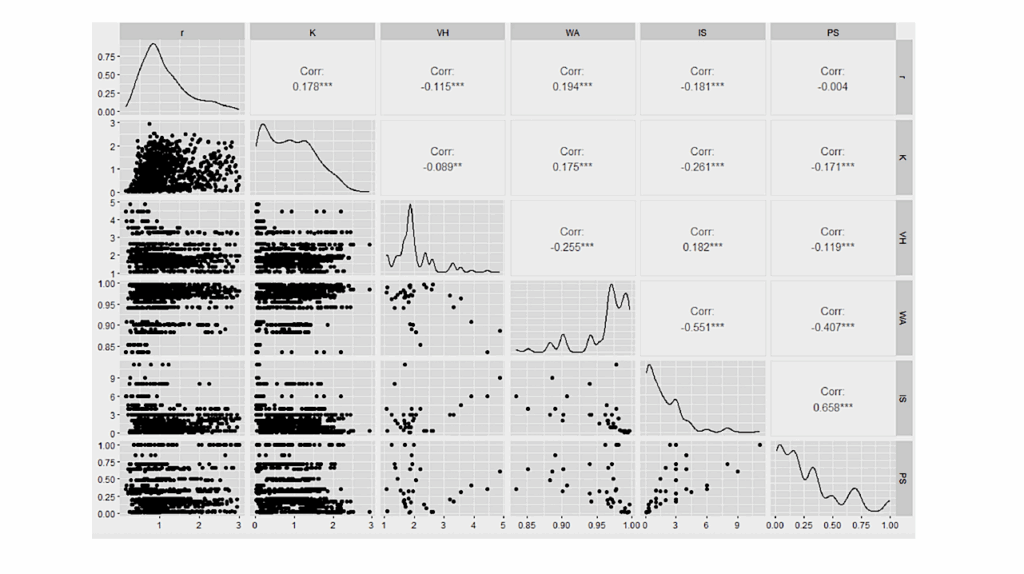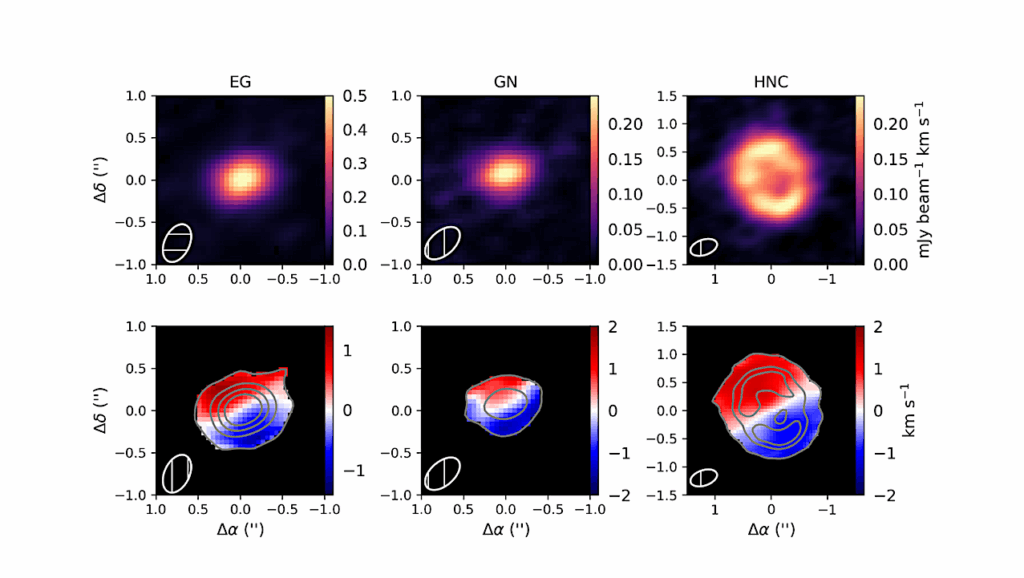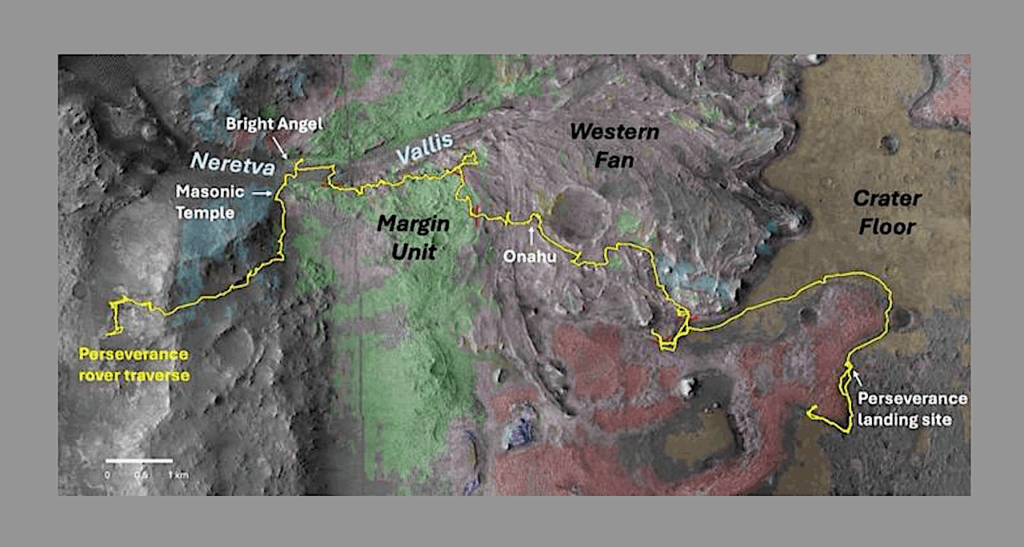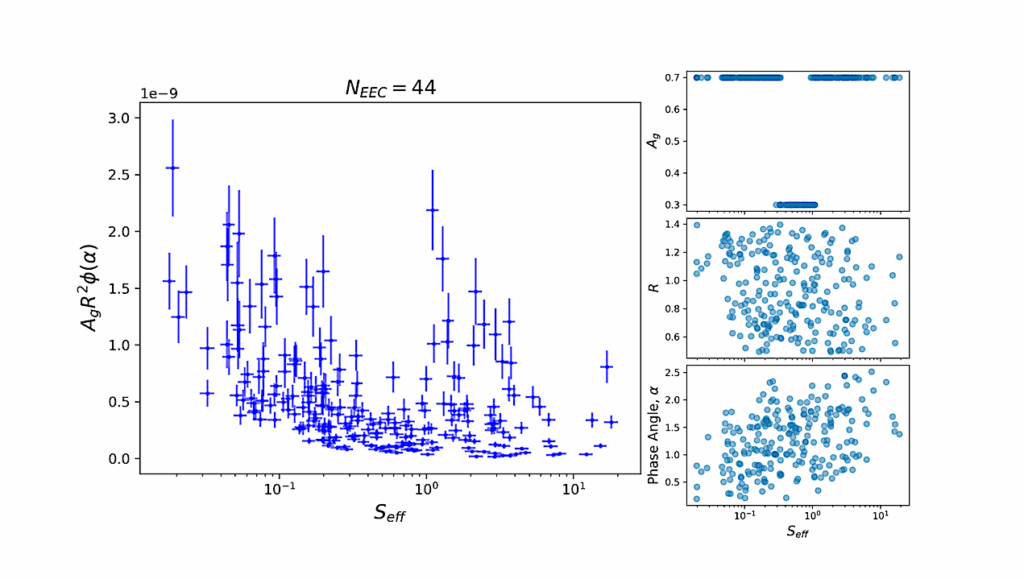Transition to a Moist Greenhouse With CO2 and Solar Forcing

Water-rich planets such as Earth are expected to become eventually uninhabitable, because liquid water does not remain stable at the surface as surface temperatures increase with the solar luminosity over time.
Whether a large increase of atmospheric concentrations of greenhouse gases such as CO2 could also destroy the habitability of water-rich planets has remained unclear. We show with three-dimensional aqua-planet numerical experiments that CO2-induced forcing as readily destabilizes the climate as does solar forcing. The climate instability is caused by a positive cloud feedback. The climate does not run away, but instead attains a new steady state with global-mean sea-surface temperatures above 330 K.
The upper atmosphere is considerably moister in this warm steady state than in the reference climate, implying that the planet would be subject to substantial loss of water to space. For either a certain range of elevated CO2 concentrations or solar irradiation, we find both cold and warm equilibrium states, implying that the transition to the warm state may not simply be reversed by removing the additional forcing.
Max Popp, Hauke Schmidt, Jochem Marotzke
(Submitted on 7 Oct 2016)
Comments: 30 pages, 8 figures
Subjects: Earth and Planetary Astrophysics (astro-ph.EP)
Journal reference: Nature Communications 7:10627 (2016)
DOI: 10.1038/ncomms10627
Cite as: arXiv:1610.02283 [astro-ph.EP] (or arXiv:1610.02283v1 [astro-ph.EP] for this version)
Submission history
From: Max Popp
[v1] Fri, 7 Oct 2016 13:44:31 GMT (1480kb)
https://arxiv.org/abs/1610.02283








